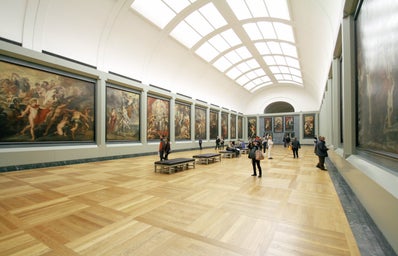The concept of museums and their ethnographic collections has long been a contested subject. There is always something mildly unsettling about looking at ancient artefacts and reading of their significance to other cultures from behind a glass cabinet in a country they have no relevance to.
Since October 2020 the Bristol Museum has begun a process of decolonising its collections in an attempt to confront their colonial heritage and repatriate some of the artefacts. As listed on their website (https://www.bristolmuseums.org.uk/blog/decolonisation-diary-making-progress-during-lockdown/) their aims are to remove the barriers that colonial history has put in place, recognise the trauma and suffering it has caused to other cultures and celebrate and represent people of colour and other diaspora communities. Since then there have been successful changes from the museum, such as the returning of the Cree coat to Canada, having recognised the cultural value and significance it still holds for its originating communities. The museum has also returned ancestorial human remains and grave goods back to Aboriginal Australian and Maori communities.
There is currently an ongoing discussion about the return of a Benin bronze head, part of a long-fought over collection. One issue that has arisen in this case, and often is a difficulty with repatriation, is where specifically to return it to. There is a variety of groups in Nigeria that have claims to the bronze and a general lack of agreement of where it should be kept. The most likely option seems to be the Edo Museum of West African Art which, despite it being yet to be built, seems like a good way to allow all Nigerian groups access to see and appreciate without hiding it away.
Decolonisation and repatriation don’t always involve physically returning an object, it can also take the form of acknowledging and accepting that the museum does not have rights to it and that it was obtained in an unethical way, crediting its rightful ownership. The Pitt Rivers Museum in Oxford took an interesting approach to the visual repatriation of some of the images they had. These included colonial-era portraits of tribesmen from the Turkana region of northern Kenya. The photos were taken back to the same community in Kenya so that people could see the images taken of their ancestors as an important part of their own history. This is a form of repatriation that doesn’t involve simply returning an object but involves affected communities by enabling them to reclaim their own history; an option the Bristol Museum could potentially explore.
The main criteria needed for the Museum to investigate a repatriation claim are: the status of the community making the request and therefore how strong their right is to represent the community the object initially belonged to. They also consider the cultural and religious importance of the object to this particular group and whether it is still as significant in the modern-day. Whilst it is important to have these requirements in order to make sure objects are returned to rightful owners, it still seems odd that Bristol Museum has the right to decide whether these communities’ claims are sufficiently strong enough to be considered when a lot of the time the Museum’s claim is tenuous at best.
Nonetheless, the Bristol Museum is taking vital steps in decolonising its collections and is refreshing to see Indigenous rights to historical artefacts being recognised.


